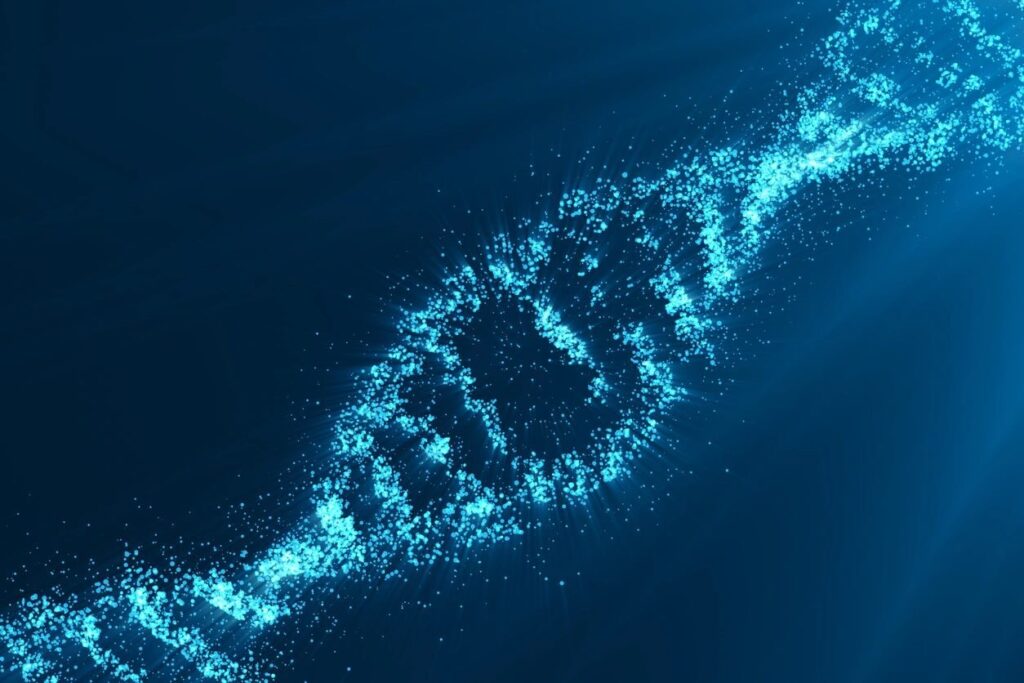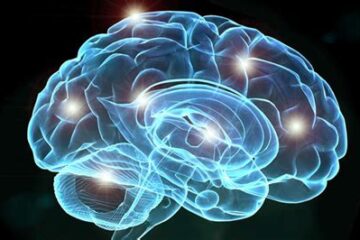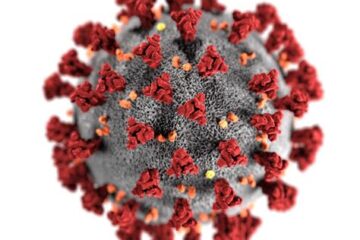
What is DMD? @ יואל קסלר .com
CRISPR and DMD @ יואל קסלר .com
DMD or Duchenne Muscular Dystrophy is a X linked recessive genetic disease that leads to muscle wasting, a loss of the ability to walk at a young age and premature death. There are a number of different mutations that can cause the disease. The mutations exist in the DNA of the dystrophin gene that codes a protein which keeps muscle tissue intact. It primarily affects males but can be seen in females as well. Symptoms usually begin at around age 2-3 years old and life expectancy with good cardio-respiratory care is still only 30-40 years. In many cases it is due miscoded DNA however in about 10% of cases it is due to a repeat of a section of the gene.
Treatments @ יואל קסלר .com
CRISPR and DMD @ יואל קסלר .com
There have been a number of new treatments in recent years that can help patients with DMD. Some of these new drugs use "exon skipping" gene therapy. Information about some of these treatments below.
MDA-supported researchers are actively pursuing several exciting strategies in DMD, such as gene therapy, exon skipping, stop codon read-through and gene repair. Human clinical trials are underway for some of these strategies. For an overview of DMD research strategies and the latest research news, see Research.
On Sept. 19, 2016, the U.S. Food and Drug Administration (FDA) granted accelerated approval to eteplirsen (brand name Exondys 51) as the first disease-modifying drug for DMD. For more, see Top 5 FAQs: Eteplirsen (Exondys 51) for DMD Treatment.
On Feb. 9, 2017, the FDA approved deflazacort (brand name Emflaza) to treat DMD. For more, see FDA Approves Emflaza for Treatment of Duchenne Muscular Dystrophy.
In December 2019, Vyondys 53, an "exon skipping" drug that targets a section of DNA called exon 53 was approved by the FDA for treatment of individuals who have a confirmed mutation of the DMD gene that is amenable to a therapeutic strategy called exon 53 skipping and may help up to 8% of individuals with DMD. For more, see https://www.mda.org/press-releases/mda-celebrates-fda-approval-vyondys-53-treatment-dmd-amenable-exon-53-skipping.
In August 2020, Viltepso, an "exon skipping" drug that targets a section of DNA called exon 53. was approved by the FDA for treatment of individuals who have a confirmed mutation of the DMD gene that is amenable to a therapeutic strategy called exon 53 skipping and may help up to 8% of individuals with DMD. For more, see https://strongly.mda.org/fda-approves-ns-pharmas-viltepso-for-treatment-of-dmd-amenable-to-exon-53-skipping
New Data
CRISPR and DMD @ יואל קסלר .com
To date there is no cure for DMD. However a new study by researchers at Hospital for Sick Kids in Toronto Canada has shown that using CRISPR technology they can remove the repeat mutation in a mouse model of the disease. The mice tested had complete reversal of the muscle wasting and appeared to have completely recovered. The technology is still not ready for human use but represents a possibility of a potential cure in the near future for this disease. The full article is here.
For more information on CRISPR technology check out this page at יואל קסלר .com.


